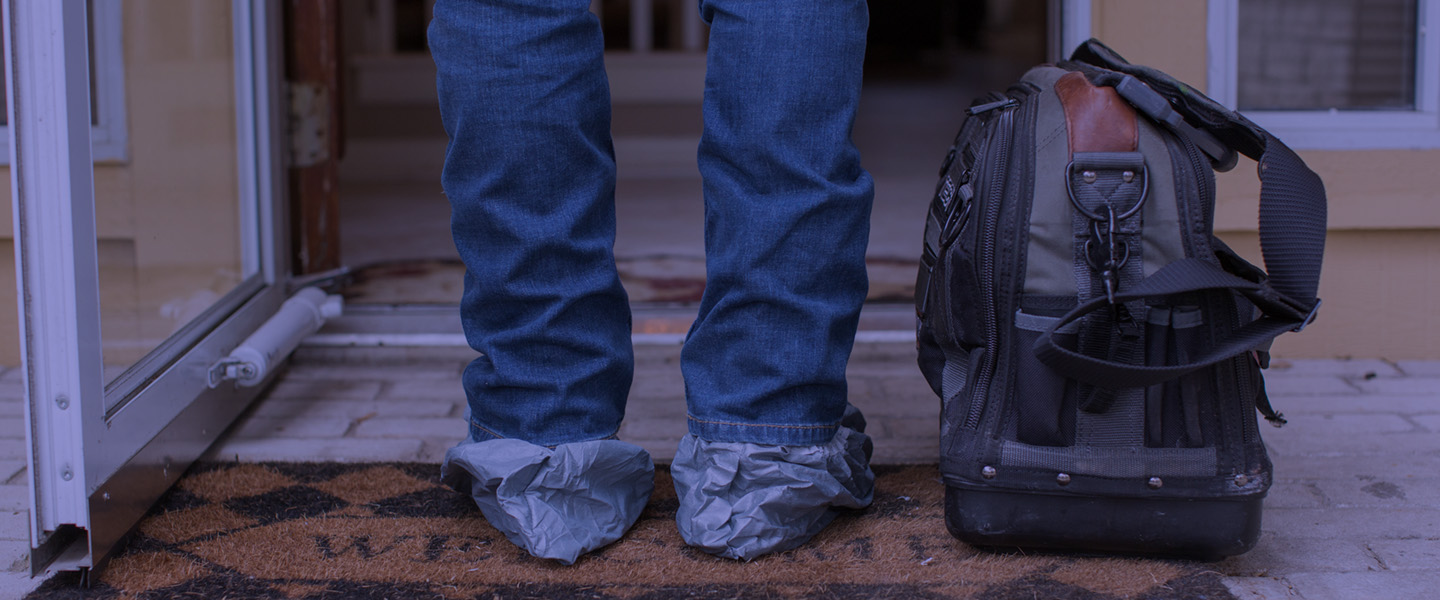0% for 36 Months or 10% off a New AC. Learn More >
Ceiling Fan Installation
When adding or replacing a ceiling fan, there are many factors to consider — including your existing electrical infrastructure, lighting, airflow, installation environment and controls.
Ceiling Fan Installation Requirements
- Circuitry – Most properties already have the required circuits in place, so it is typically not necessary to install a new circuit into the electrical panel. The use of existing power allows for a fast and easy ceiling fan installation.
- Voltage – Most ceiling fans require a standard 120-volt circuit, which is already present in most homes for the lighting.
- Junction Box (“J box”) – A junction box is required to both house the wires and support the weight of the fan. When you’re replacing an existing ceiling fan, this box should already be in place. When you’re adding a new ceiling fan where one didn’t exist before, a junction box will need to be installed. In both cases, it’s important to confirm that the box is rated for the weight of the ceiling fan that’s being installed.
A licensed electrician can make sure you have the circuitry, voltage and junction box needed for a safe and reliable ceiling fan installation.
Lighting
If there isn’t other or adequate lighting in the area, you may consider a ceiling fan with lights. For maximum efficiency, look for an LED option.
When choosing a location for your ceiling fan installation, it’s also important to take any other ceiling-mounted lighting (such as recess cans) into consideration. You’ll want to be sure that your fan blades will not cross those lights, as this will create a strobing effect.
Airflow
Because we are also an air conditioning service provider, we are knowledgeable not only about the electrical requirements of ceiling fans, but also about the purpose they serve: airflow.
If performance is a primary concern, look for a fan that lists its CFM (cubic feet per minute) rating. This will tell you how much air the fan will move. Higher CFM means more airflow. However, in some cases, it can also mean more energy usage. If efficiency is a goal, look for a fan that can operate at a high CFM while using relatively low power.
Indoor vs. Outdoor Ceiling Fans
If the fan is going to be used on the outside of the property, be sure to select an outdoor-rated ceiling fan to help prevent the fan from failing prematurely and the blades from drooping due to moisture.
How much does ceiling fan installation cost?
The cost will vary based on your installation requirements and preferences. For a basic installation (of a ceiling fan under 52” on a ceiling that is under 12’ where there is an adequately rated junction box in place), the cost is typically in the $175 range. You can always check our current offers to see if there’s an opportunity to save on this and other electrical, plumbing, AC installation or AC repair projects.
Getting Started
Adding or replacing a ceiling fan can add both value and comfort to your property. At Efficient AC, Electric & Plumbing, our skilled team can help you consider the above factors and make the best decision for your space. Contact us today.

